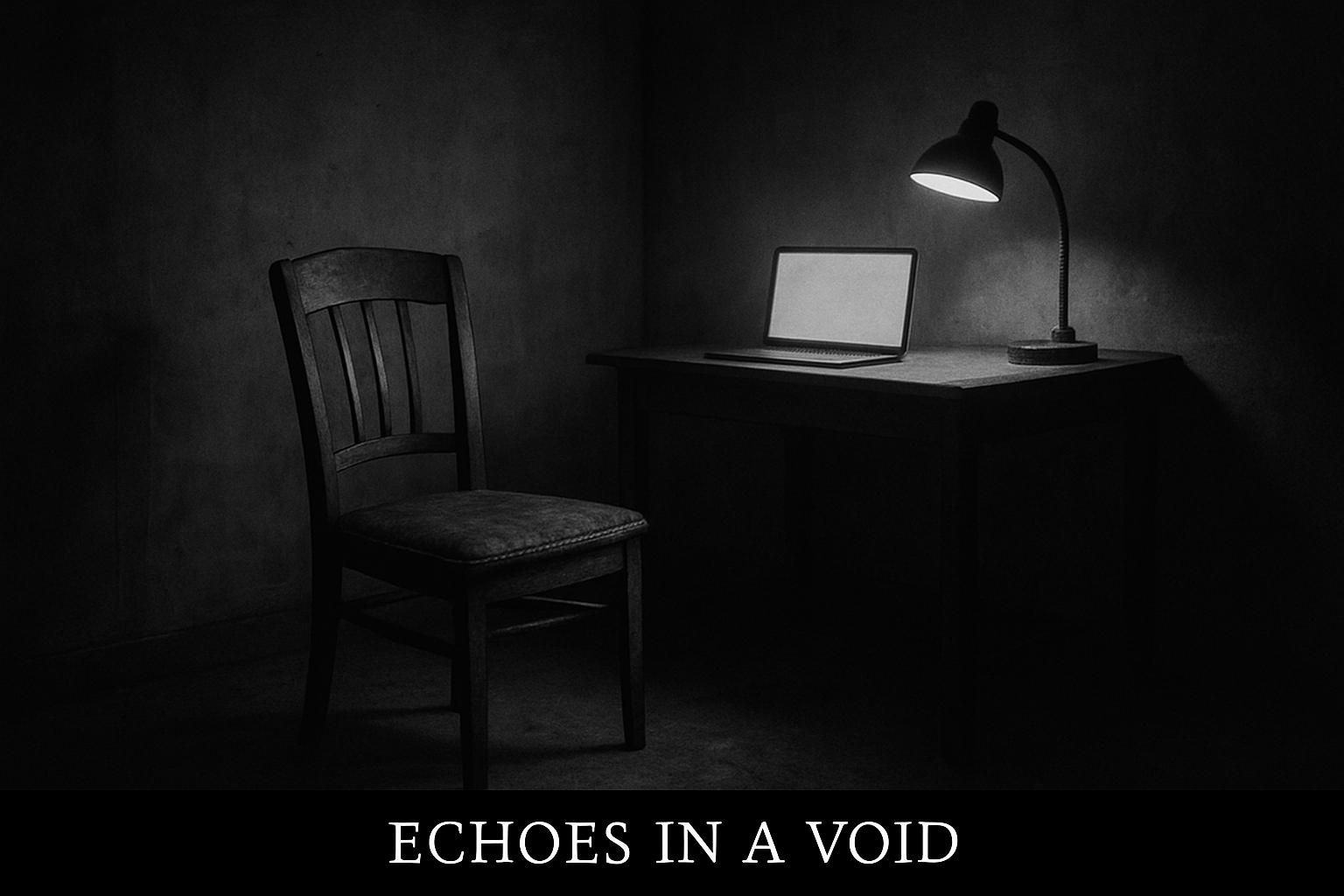Civil servants working from home for the UK Home Office, particularly those involved in overseeing asylum seeker claims and cases of foreign national offenders, may face challenges in detecting fraudulent asylum claims, experts warn. The Home Office allows its staff to work remotely for up to three days a week, with most asylum interviews now conducted via video conference rather than face-to-face at departmental interview centres.
The Home Office has defended this flexible working model, arguing that it has helped manage a substantial volume of claims efficiently. Lawyers, caseworkers, interpreters, and support staff can participate in interviews from various locations, which the department says supports timely case processing. Job descriptions for caseworkers highlight responsibilities such as conducting asylum interviews, analysing legislation and case law, and drafting letters outlining decisions made on behalf of the Home Secretary.
However, concerns have been raised about the effectiveness of virtual interviews in accurately assessing asylum claims. Tony Smith, the former director general of Border Force, expressed to The Telegraph that online interviews reduce the ability of officers to pick up behavioural clues or a "sixth sense" that could indicate potential deceit. He noted that conducting interviews in person allows for direct eye contact and observation of body language, which is harder to replicate in virtual settings.
In contrast, international refugee organisations hold differing views. The UN Refugee Agency (UNHCR) supports video conferencing as offering applicants greater flexibility and protecting them from the risks and inconveniences of travel. Meanwhile, the human rights charity Freedom from Torture cautions that remote interviews could hinder asylum seekers' ability to fully convey their lived experiences, potentially impacting the fairness of decisions.
Before the COVID-19 pandemic, the vast majority of asylum interviews were conducted in person at secure interview centres across the UK, such as in London, Liverpool, and Glasgow, often with legal representatives and interpreters present. The introduction of video interviews from July 2021 onwards marked a significant shift in procedure.
Home Office data shows a record number of asylum applications in the year to June, with 110,000 bids submitted — an increase of 14% from the previous year and higher than the 103,000 peak seen in 2003. Despite the rising number of claims, the government has expedited case processing, reducing the backlog from a peak of 134,000 in June 2023 to 71,000, with 91,000 applicants awaiting their first decision.
Government-issued guidance documents outline procedures to ensure remote asylum interviews are conducted with professional standards, dignity, and respect. These include using video conferencing methods that allow interpreters to be seen, safeguarding claimant well-being, and accommodating requests for in-person interviews where appropriate.
Yet investigations and expert analyses reveal ongoing issues. A report by the Helen Bamber Foundation highlighted challenges faced by claimants in remote interviews, including IT problems, inconsistent information, and difficulties in identifying signs of mental distress or self-neglect through virtual means. Additionally, a PublicTechnology investigation found that the rollout of remote interviews was marked by "shambolic" technology failures and insufficient staff training, leading to frequent disruptions and miscommunications between interviewers, interpreters, and claimants.
While the Home Office's adoption of remote working and interview technology aims to enhance flexibility and efficiency, these findings indicate that careful attention is needed to safeguard the integrity of asylum decision-making and the welfare of vulnerable individuals navigating the process. The department’s approach continues to attract scrutiny from border officials, legal experts, and human rights groups concerned about the balance between operational demands and the accurate assessment of asylum claims.
📌 Reference Map:
- Paragraph 1 – [1], [4]
- Paragraph 2 – [1], [2], [3]
- Paragraph 3 – [1]
- Paragraph 4 – [1]
- Paragraph 5 – [1]
- Paragraph 6 – [1], [2], [3], [6], [7]
- Paragraph 7 – [4], [5]
Source: Noah Wire Services
